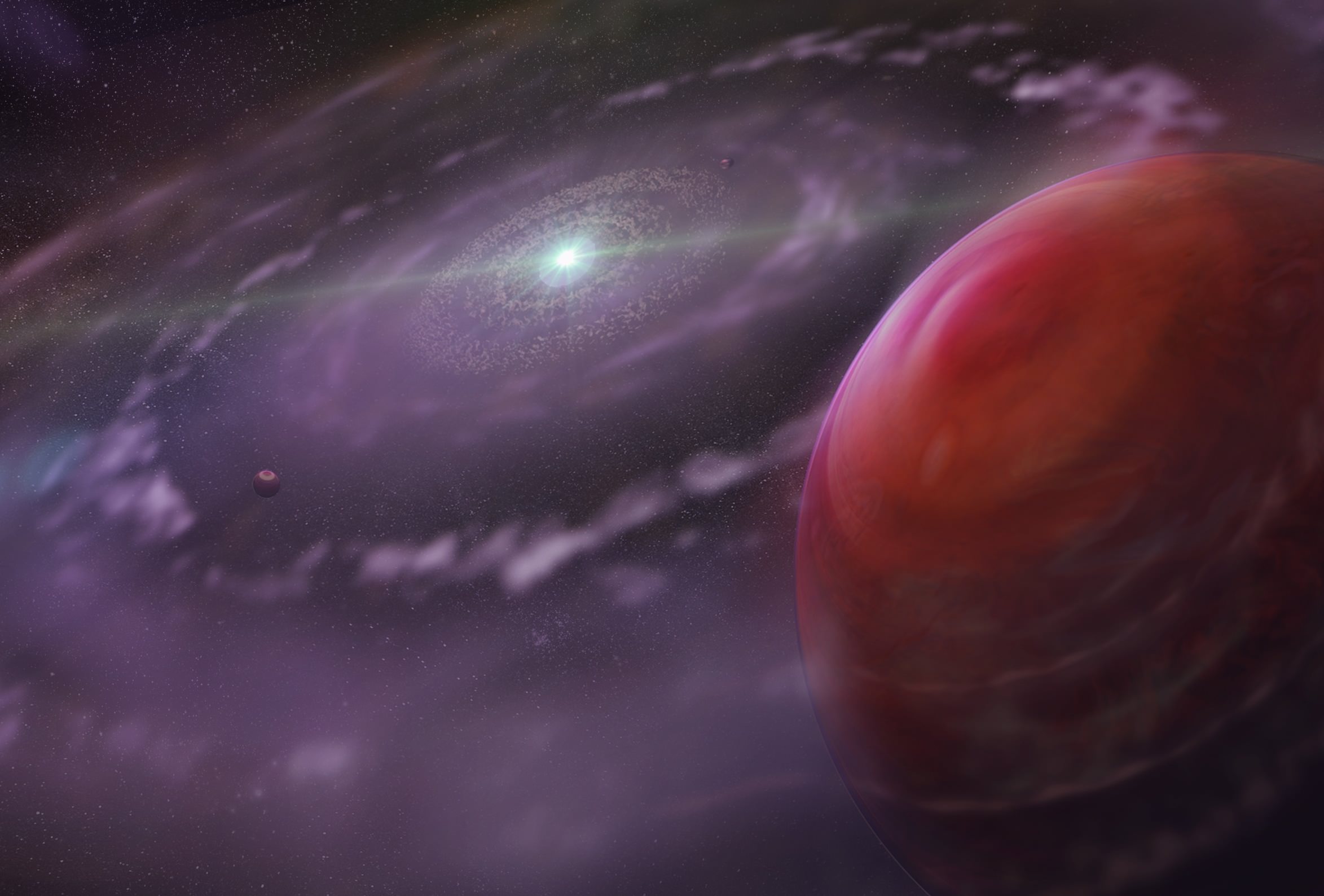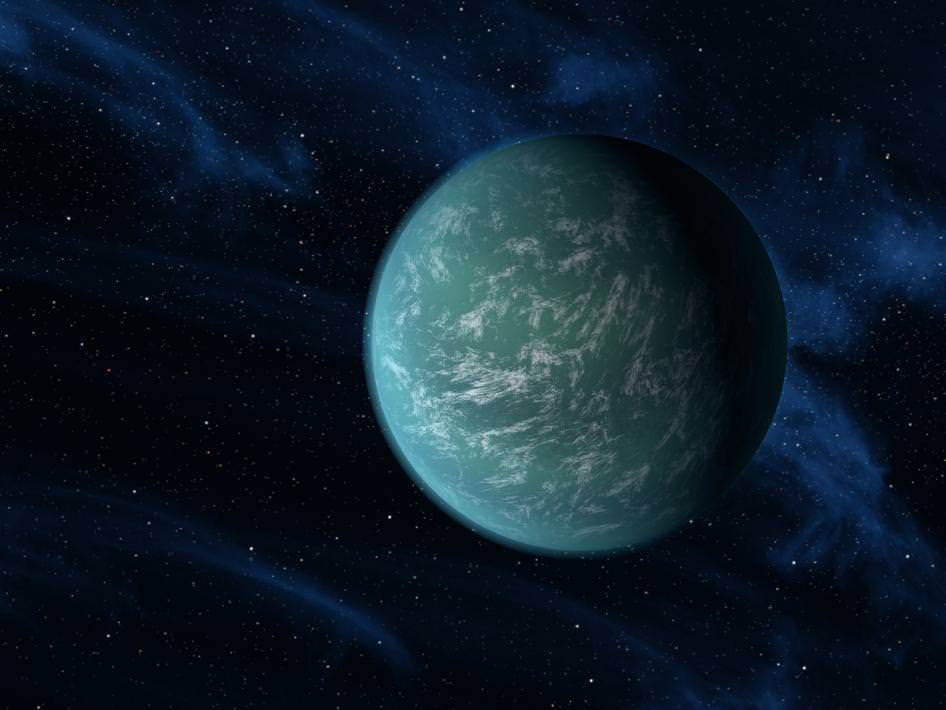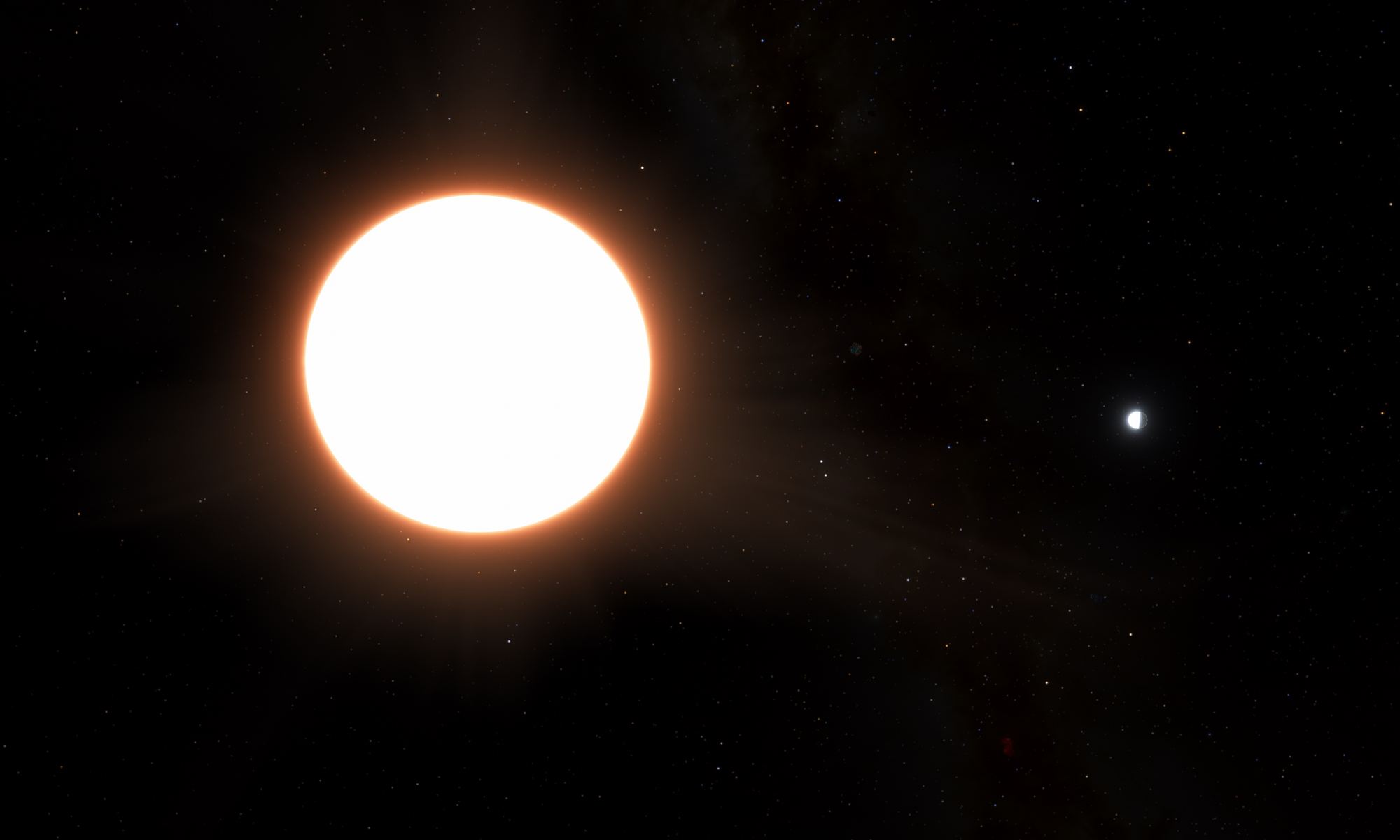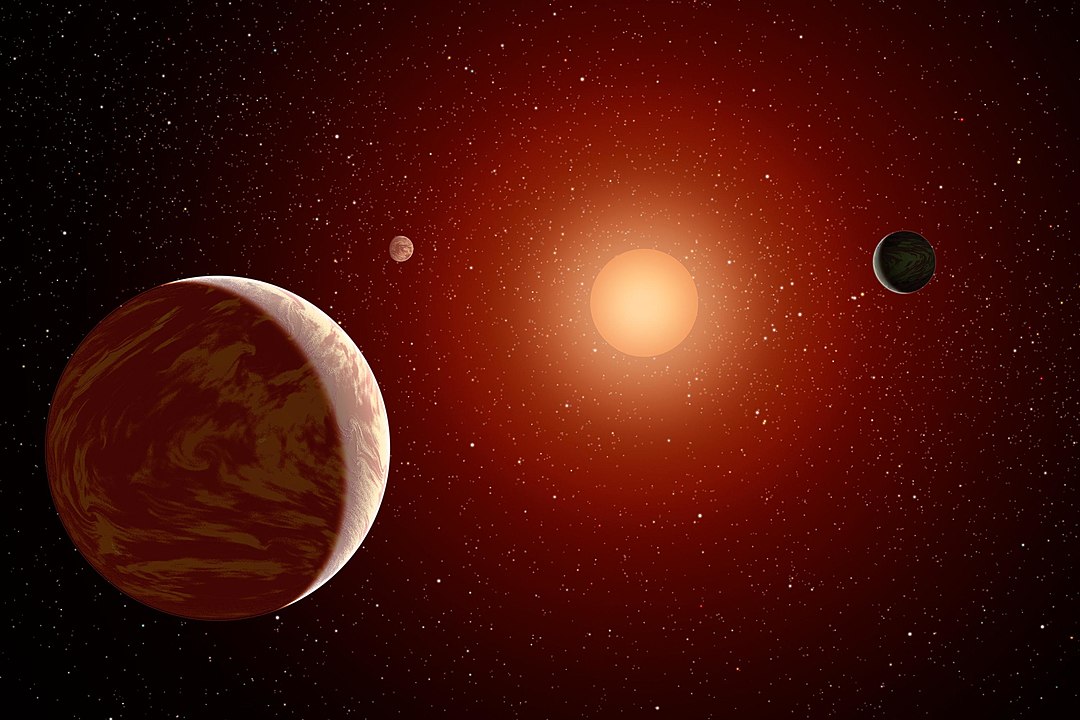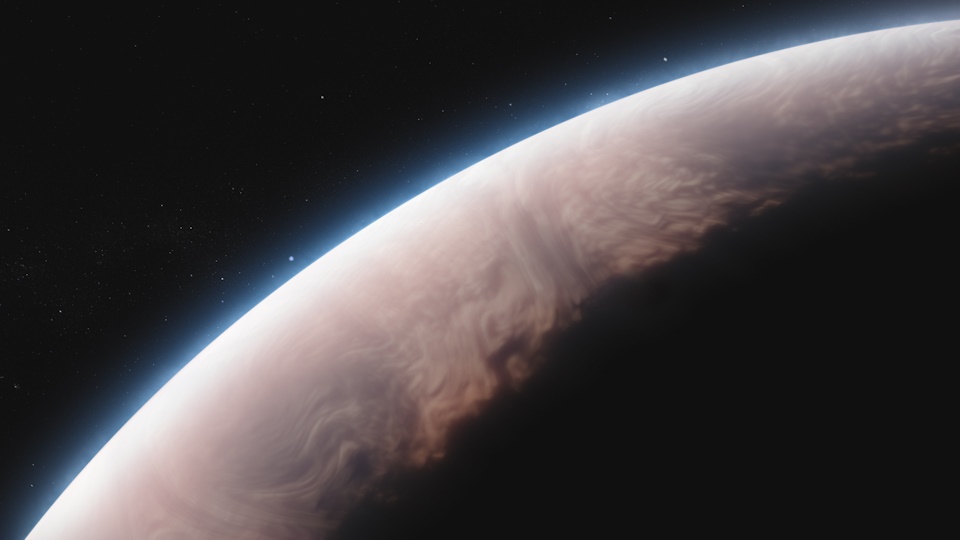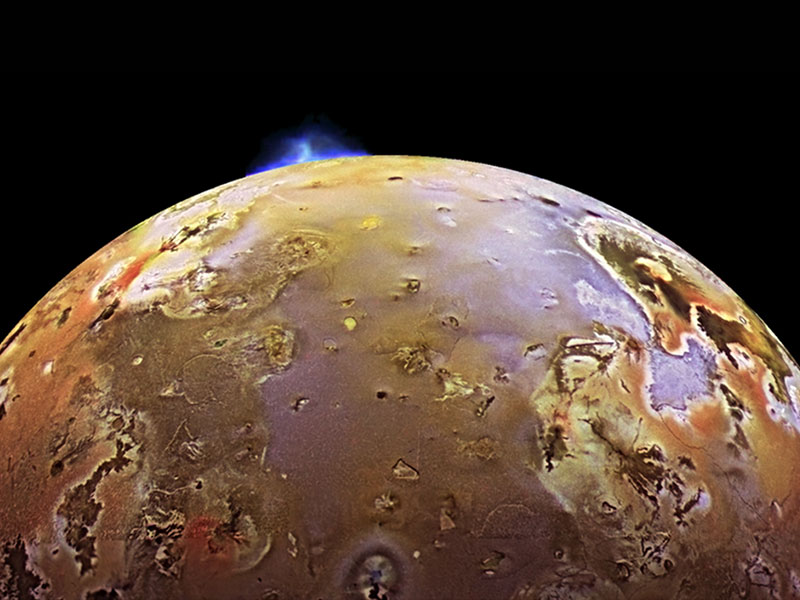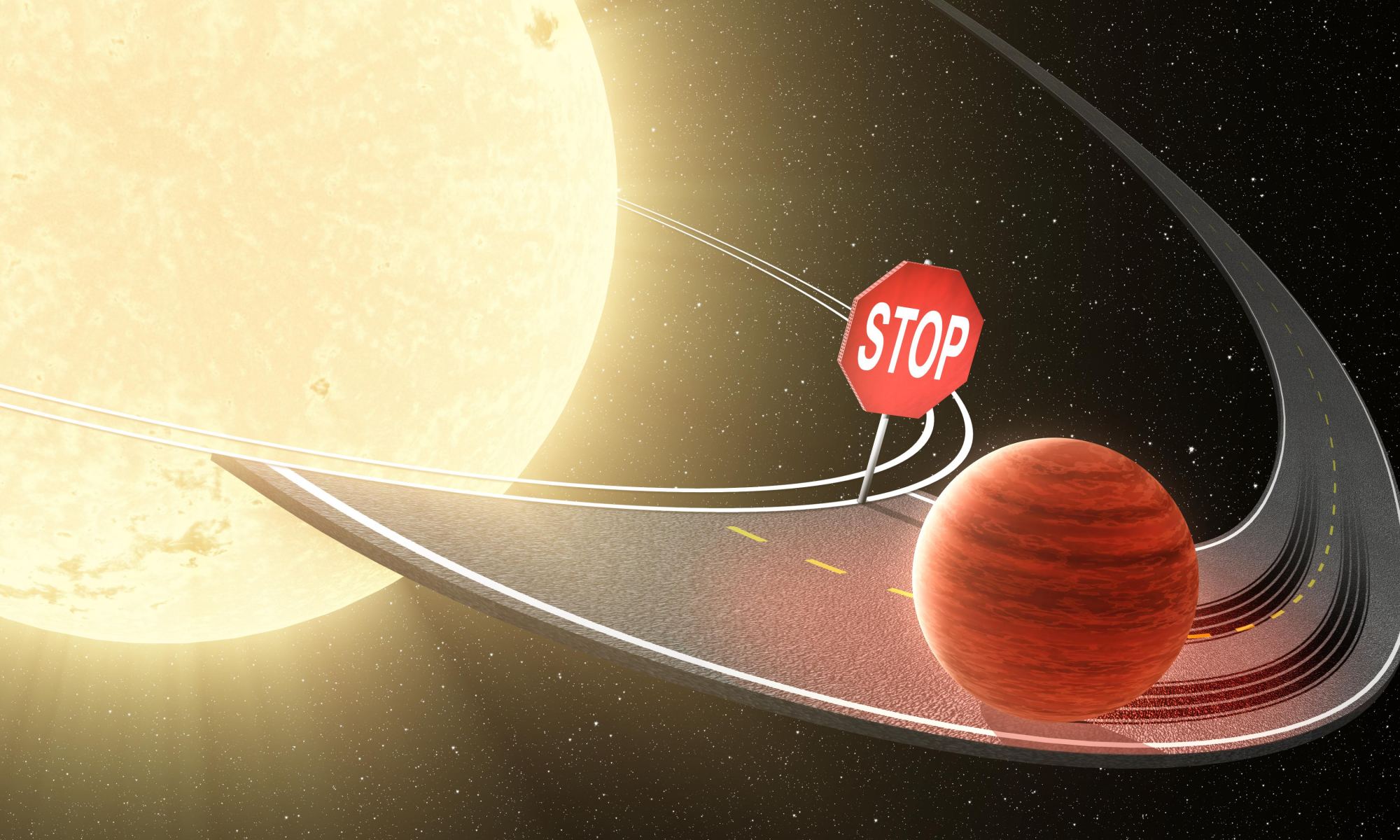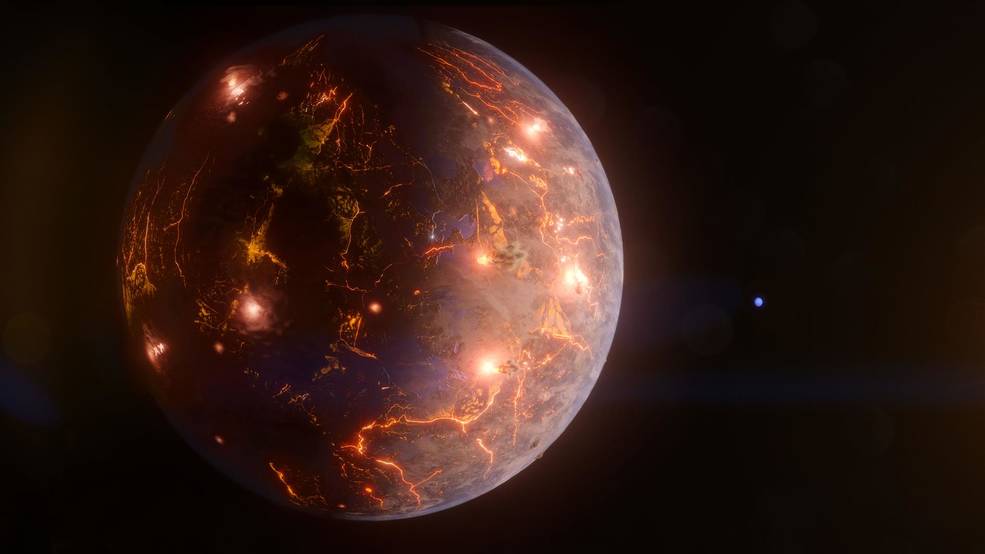When the JWST activated its penetrating infrared eyes in July 2022, it faced a massive wish-list of targets compiled by an eager international astronomy community. Distant, early galaxies, nascent planets forming in dusty disks, and the end of the Universe’s dark ages and its first light were on the list. But exoplanets were also on the list, and there were thousands of them beckoning to be studied.
But one distant solar system stood out: HR 8799, a system about 133 light-years away.
Continue reading “JWST Sees Four Exoplanets in a Single System”
